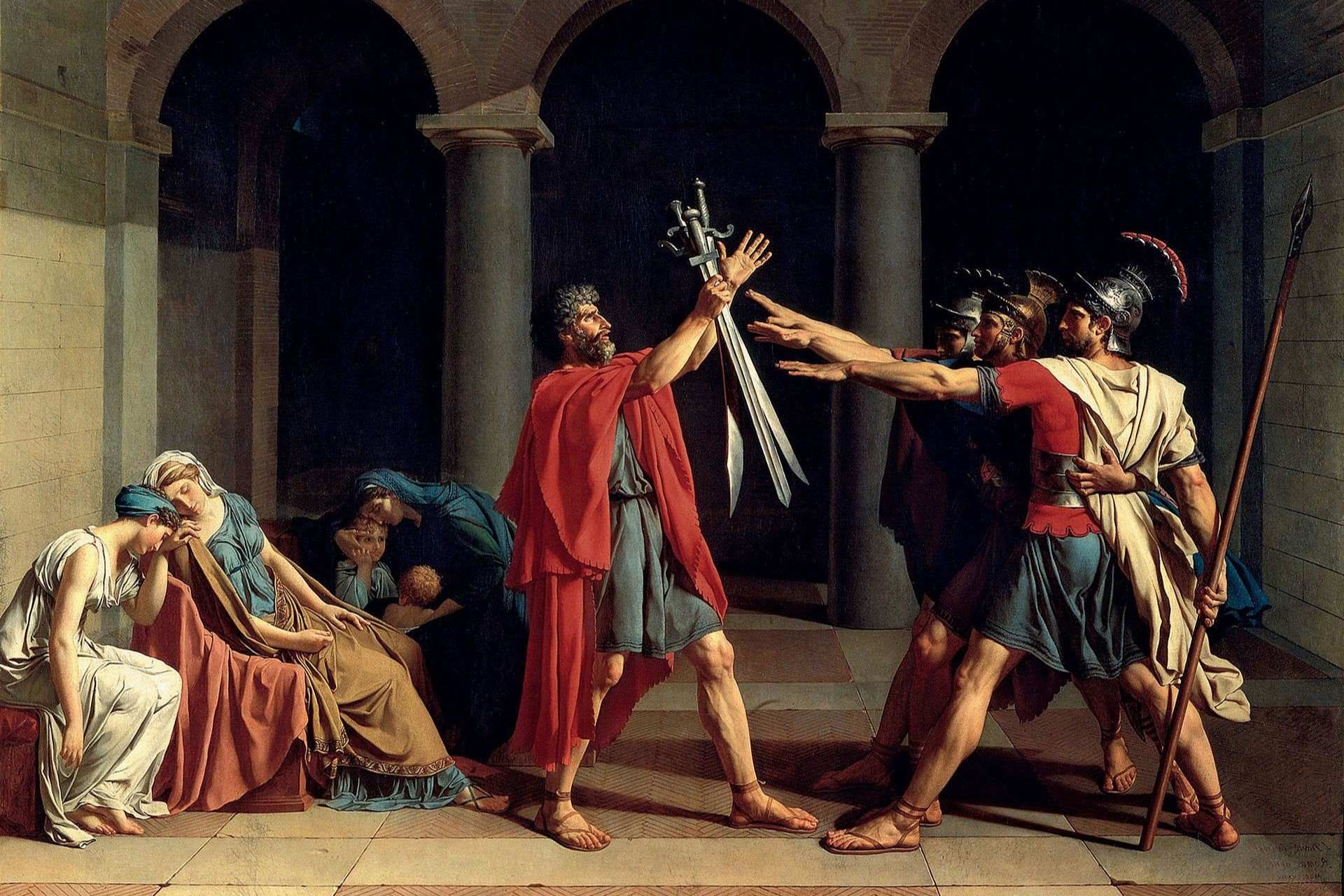
Tarquin the Elder's war with the Sabines is a captivating chapter in ancient Roman history. This conflict, which took place during the reign of Rome's fifth king, Lucius Tarquinius Priscus, showcases the strategic prowess and ambition of early Roman leaders. Why did Tarquin the Elder go to war with the Sabines? The primary reason was to expand Rome's territory and influence, solidifying its power in the region. The Sabines, a neighboring tribe, posed a significant threat to Rome's growth. By engaging in this war, Tarquin aimed to neutralize this threat and secure Rome's dominance. This war not only highlights the military tactics of the time but also the political maneuvers that shaped Rome's early expansion. Dive into these 30 facts to uncover the details of this pivotal conflict.
Key Takeaways:
- Tarquin the Elder's war with the Sabines showcased the importance of leadership, innovation in warfare, and the impact of cultural exchange on shaping Rome's future.
- The conflict led to lasting effects, including Rome's architectural advancements, cultural blending, and the integration of Sabine deities into Roman religion.
Tarquin the Elder: A Brief Overview
Lucius Tarquinius Priscus, also known as Tarquin the Elder, was the fifth king of Rome. His reign, which lasted from 616 to 579 BC, was marked by significant military and architectural achievements. One of his most notable conflicts was his war with the Sabines, an ancient Italic tribe.
The Sabines: Who Were They?
The Sabines were a group of ancient people who lived in central Italy. They played a crucial role in early Roman history, often clashing with the Romans over territory and influence.
- The Sabines were known for their warrior culture and fierce independence.
- They lived in the mountainous regions of central Italy, making them formidable opponents.
- The Sabines had a unique language and customs, distinct from the Romans.
The Cause of the War
The conflict between Tarquin the Elder and the Sabines didn't arise overnight. Several factors contributed to the outbreak of war.
- Tensions had been brewing due to territorial disputes.
- The Sabines were unhappy with Roman expansion into their lands.
- Tarquin sought to solidify his power and expand Rome's influence.
Key Battles and Strategies
The war saw several significant battles, each showcasing the military prowess of both sides.
- Tarquin employed innovative tactics, including the use of war chariots.
- The Battle of Silva Arsia was a crucial victory for the Romans.
- The Sabines used guerrilla warfare to their advantage in the mountainous terrain.
- Roman engineering skills, such as building bridges and fortifications, played a vital role.
Notable Figures in the War
Several key figures emerged during the conflict, each leaving a lasting impact on the war's outcome.
- Tarquin the Elder himself led many of the battles, demonstrating his leadership.
- The Sabine leader, Attius Clausus, was known for his strategic mind.
- Roman generals like Servius Tullius played crucial roles in the war effort.
The Role of Religion and Omens
In ancient times, religion and omens were believed to influence the outcome of wars.
- Both Romans and Sabines sought the favor of their gods before battles.
- Omens, such as the flight of birds, were interpreted as signs of victory or defeat.
- Tarquin the Elder reportedly consulted the Sibylline Books for guidance.
The Aftermath of the War
The war had lasting effects on both Rome and the Sabines, shaping their future interactions.
- Rome emerged stronger and more unified after the conflict.
- The Sabines were eventually integrated into Roman society.
- Tarquin's victory solidified his reputation as a powerful and effective ruler.
Architectural Achievements During the War
Despite the ongoing conflict, Tarquin the Elder managed to oversee significant architectural projects.
- The construction of the Circus Maximus began during his reign.
- Tarquin initiated the building of the Cloaca Maxima, Rome's great sewer.
- The Temple of Jupiter on the Capitoline Hill was another of his ambitious projects.
Cultural Exchange and Influence
The war also led to a cultural exchange between the Romans and the Sabines.
- Roman and Sabine customs began to blend, influencing each other's traditions.
- The integration of Sabine deities into Roman religion enriched Roman mythology.
- Sabine art and craftsmanship left a lasting mark on Roman culture.
Lessons from the War
The conflict between Tarquin the Elder and the Sabines offers several lessons in leadership, strategy, and diplomacy.
- Effective leadership can turn the tide of war.
- Innovation in tactics and technology is crucial in warfare.
- Diplomacy and integration can lead to lasting peace.
Legacy of Tarquin the Elder
Tarquin the Elder's legacy extends beyond his military achievements, influencing Rome's development for centuries.
- His reign marked the beginning of Rome's transformation into a major power.
- Tarquin's architectural projects laid the foundation for Rome's future grandeur.
Final Thoughts on Tarquin The Elder's War With The Sabines
Tarquin The Elder's war with the Sabines was a pivotal moment in ancient Roman history. This conflict showcased his military prowess and strategic acumen. The Sabines, known for their fierce resistance, posed a significant challenge, but Tarquin's leadership ultimately led to Roman victory. This war not only expanded Rome's territory but also solidified Tarquin's reputation as a formidable ruler. His ability to integrate conquered peoples into Roman society helped lay the groundwork for Rome's future expansion. Understanding this war provides valuable insights into the early dynamics of Roman power and the complexities of ancient warfare. Tarquin's legacy, marked by both his military achievements and his contributions to Rome's infrastructure, continues to be a subject of fascination for historians and enthusiasts alike.
Frequently Asked Questions
Was this page helpful?
Our commitment to delivering trustworthy and engaging content is at the heart of what we do. Each fact on our site is contributed by real users like you, bringing a wealth of diverse insights and information. To ensure the highest standards of accuracy and reliability, our dedicated editors meticulously review each submission. This process guarantees that the facts we share are not only fascinating but also credible. Trust in our commitment to quality and authenticity as you explore and learn with us.


